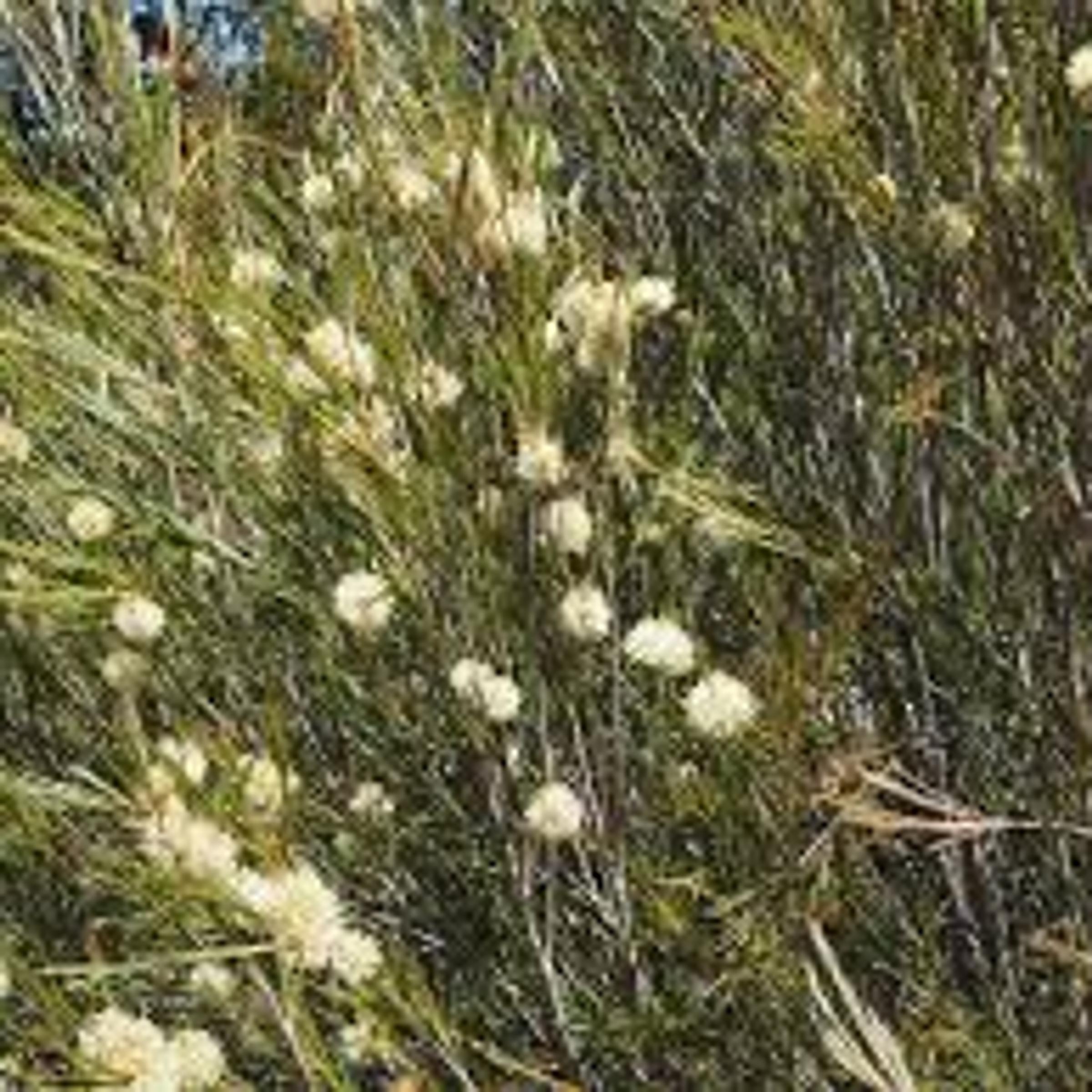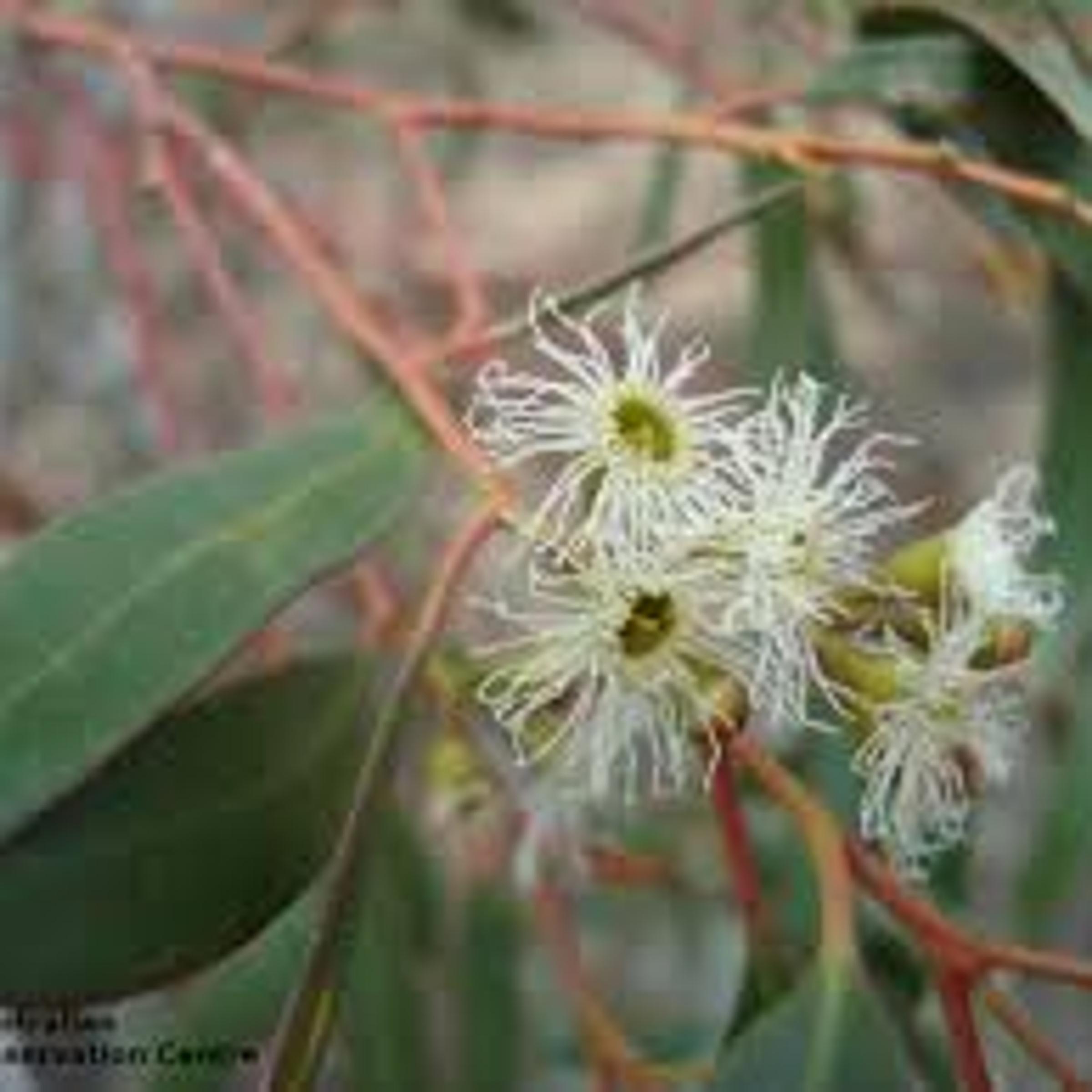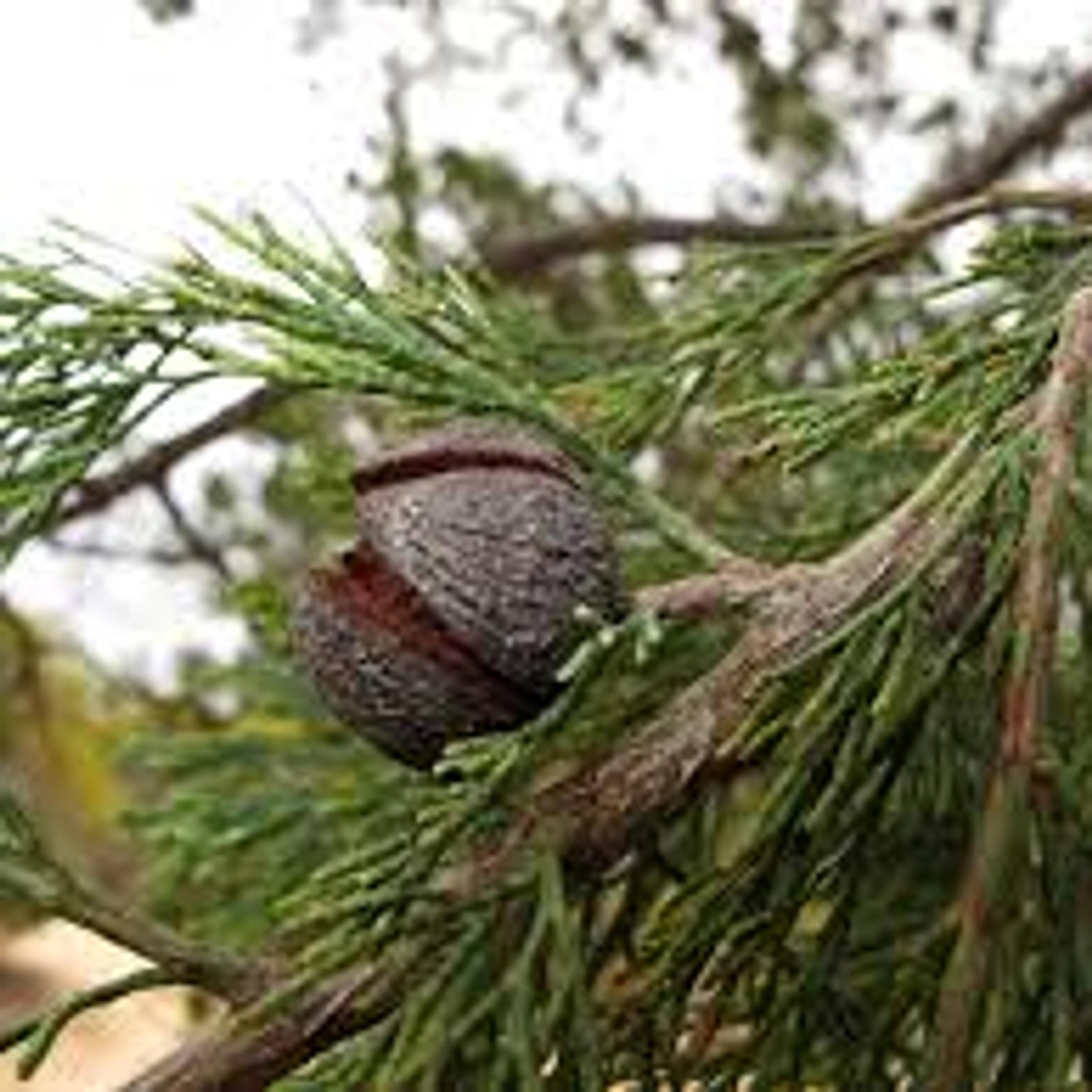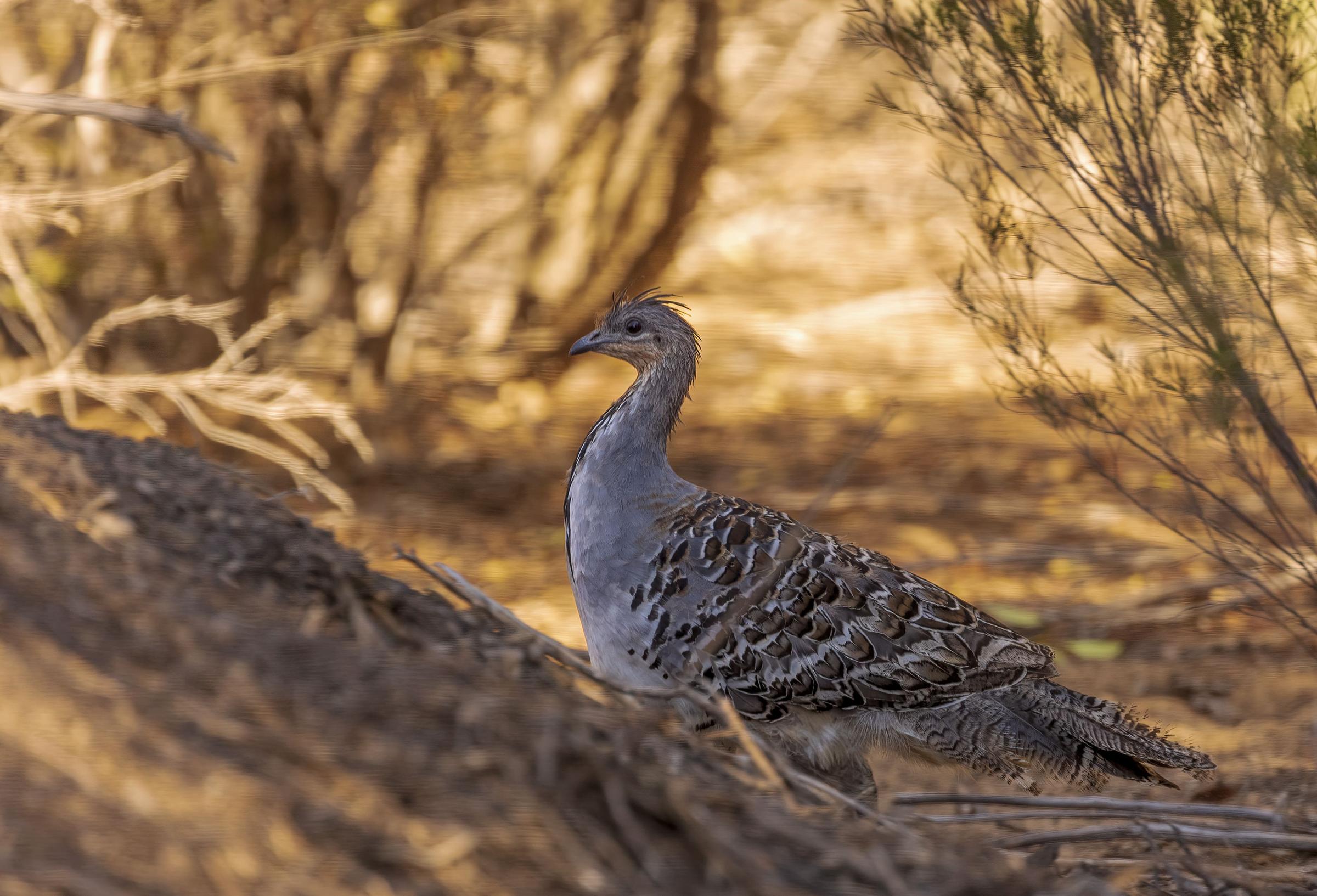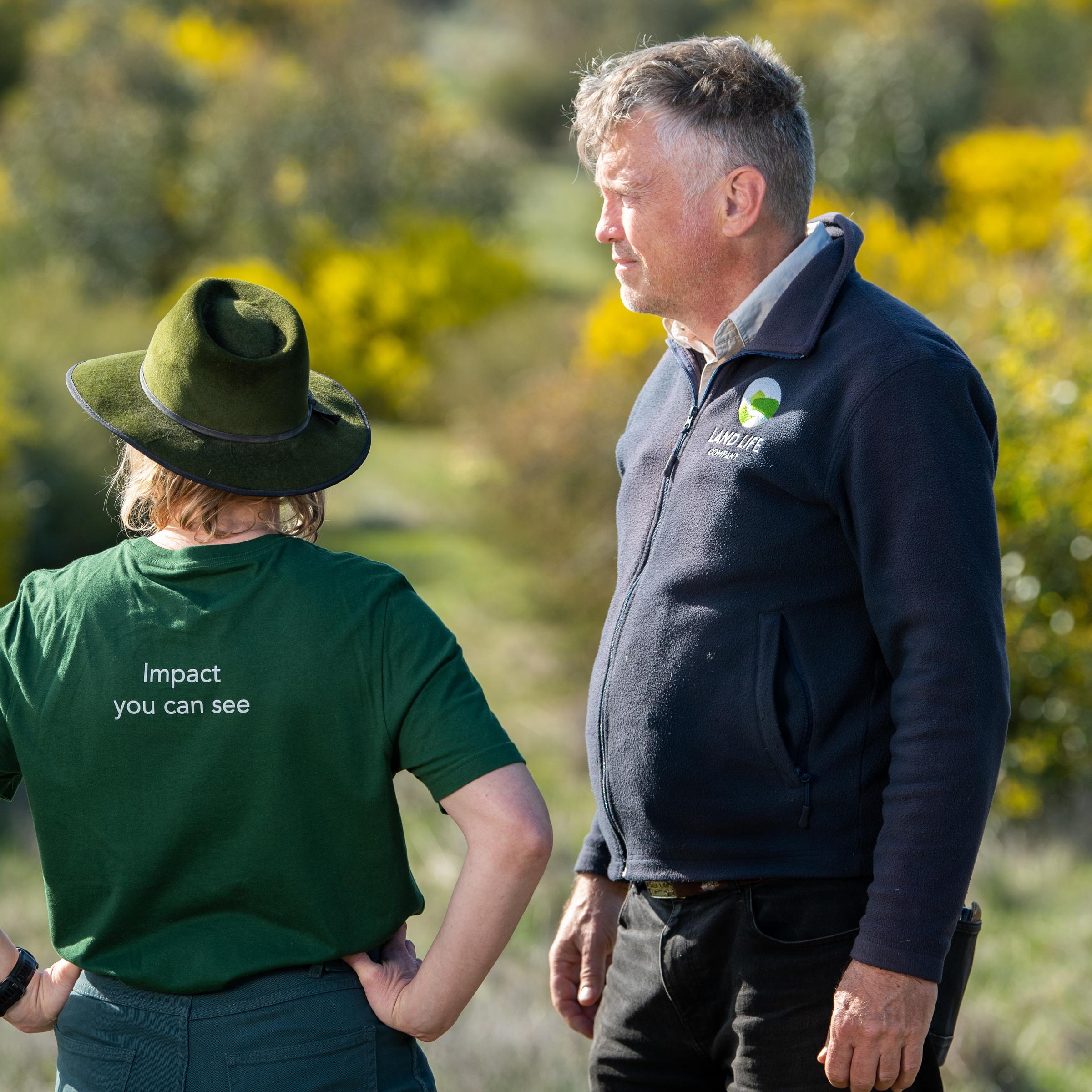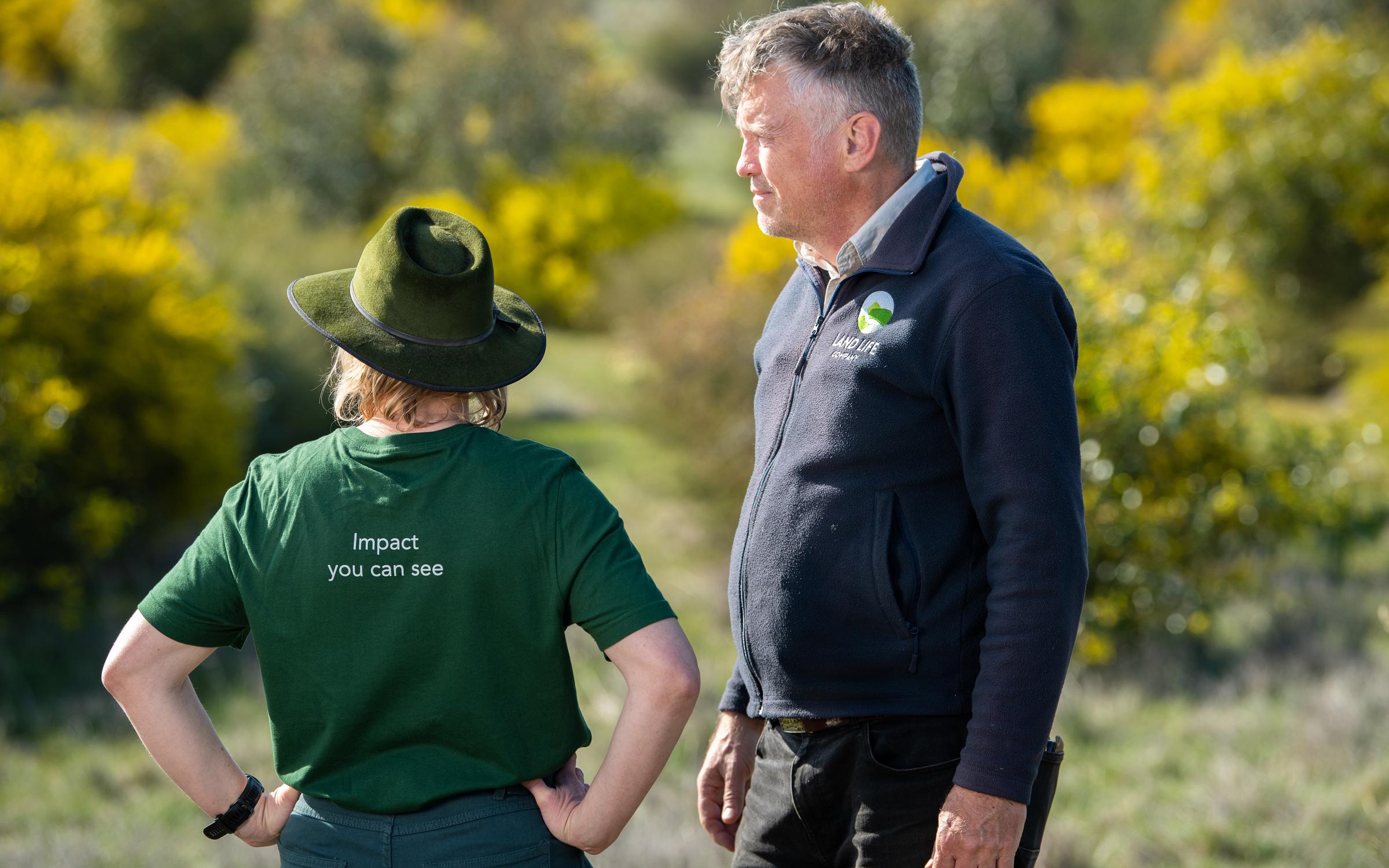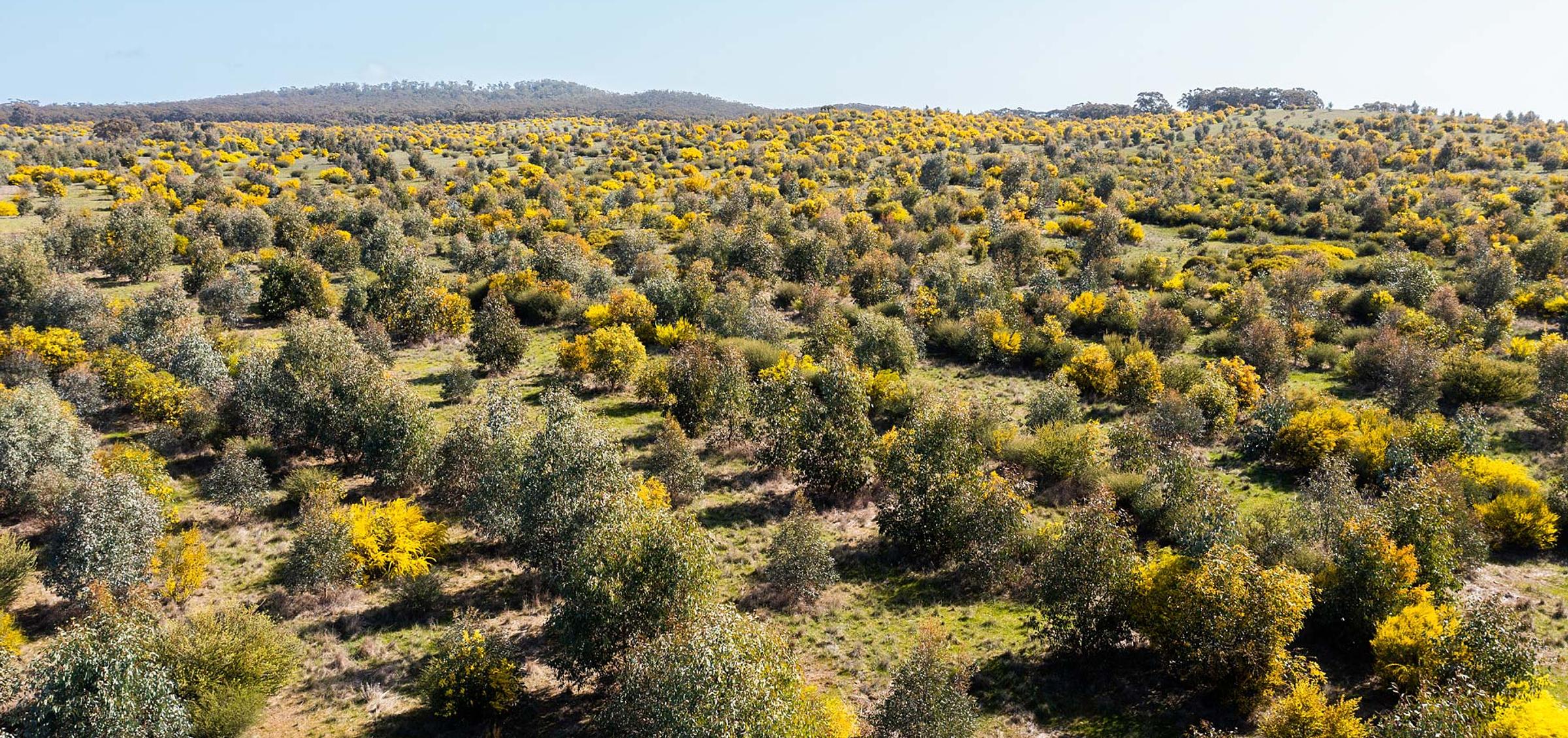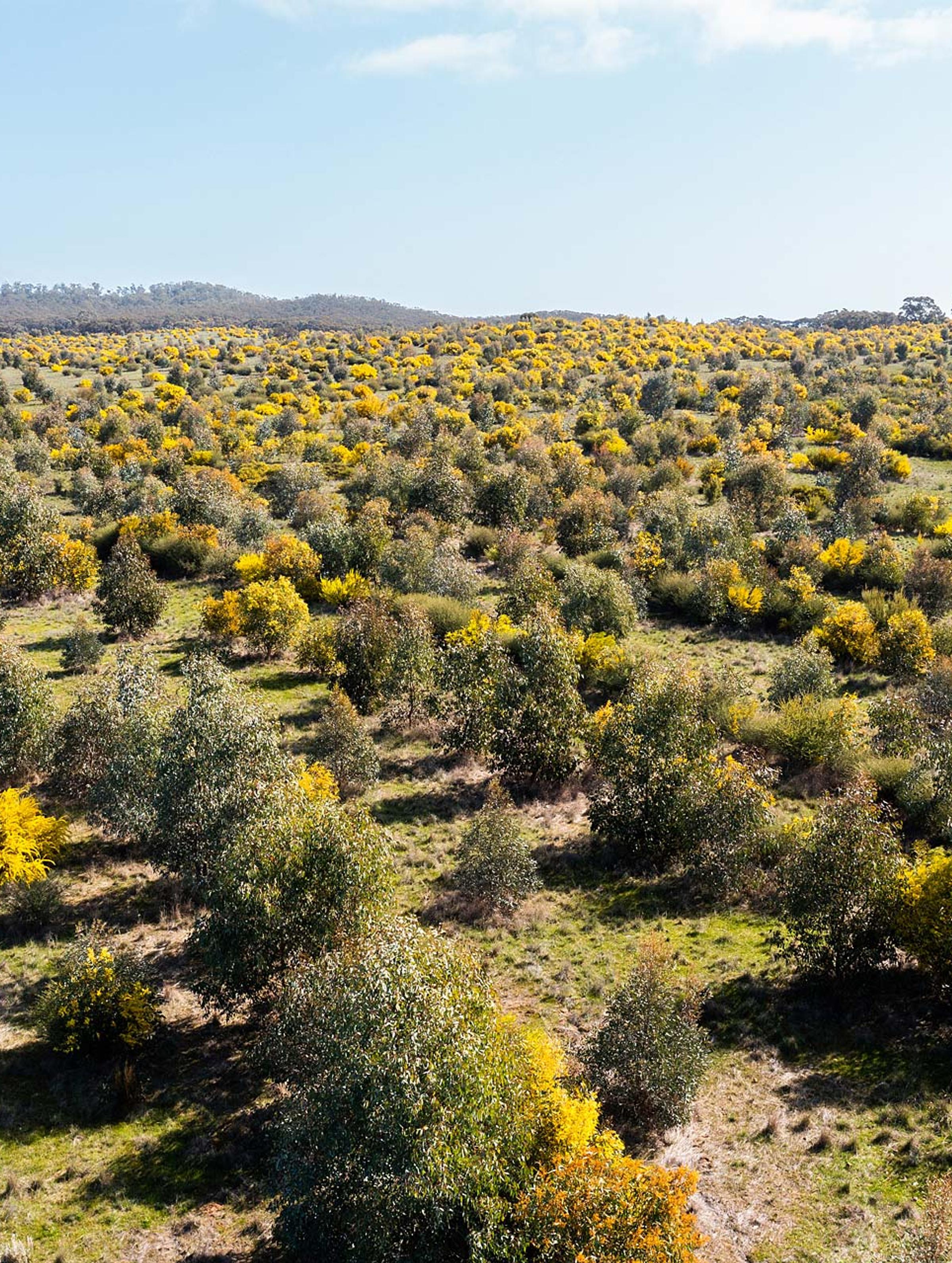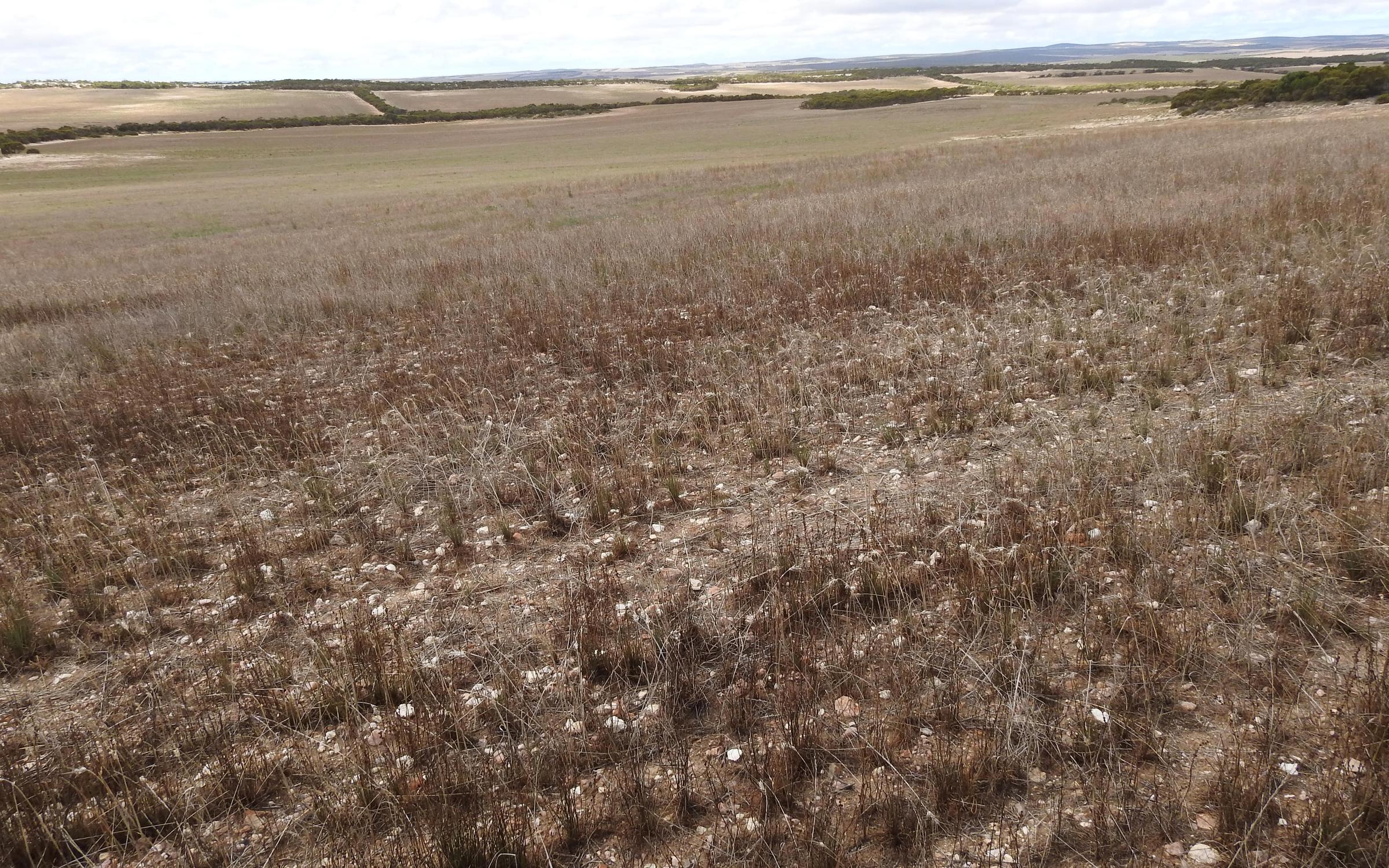
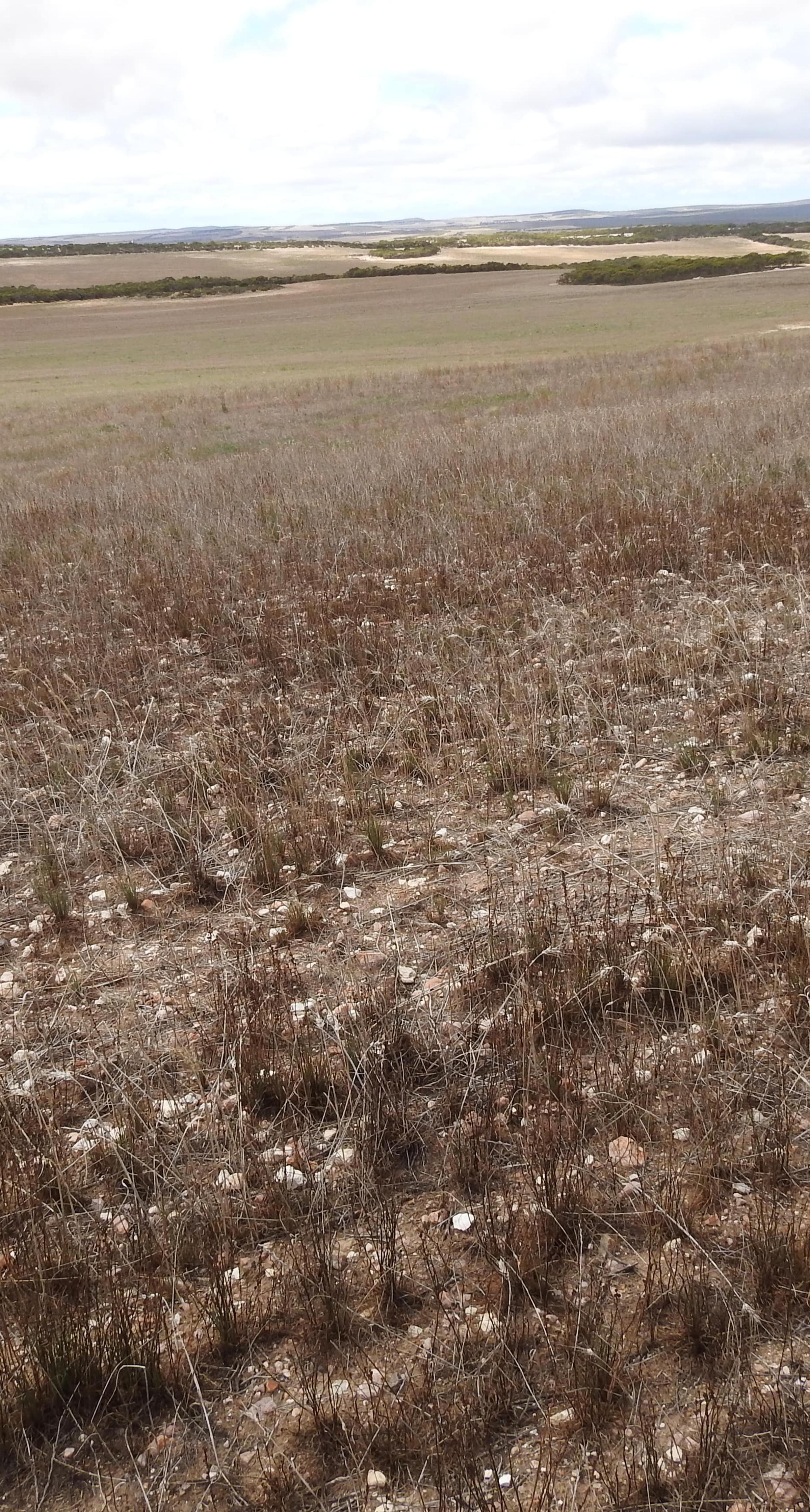
Woods South Australia Restoration Project
About our Woods restoration project in South Australia
Native Vegetation Types: Mallee Woodlands and Shrublands / Other Shrublands
Bioregion: Eyre Yorke Block
Situated on South Australia's Eyre Peninsula, our 'Woods' restoration site consists of rocky swales and sandy rises, thrown up by tens of thousands of years of prevailing western winds.
These sand dunes are surprisingly good at holding moisture deep underground. It's actually this dune moisture that supports the diverse Mallee vegetation that dominated these landscapes before they were largely cleared by bulldozer and chain around 1900 to make way for sheep.
Later, after the Second World War and the Green Revolution, cropping for wheat and barley became the mainstay of agriculture in this district. But the Woods site was always a marginal proposition, only good in wet years.
Acknowledgement of Country
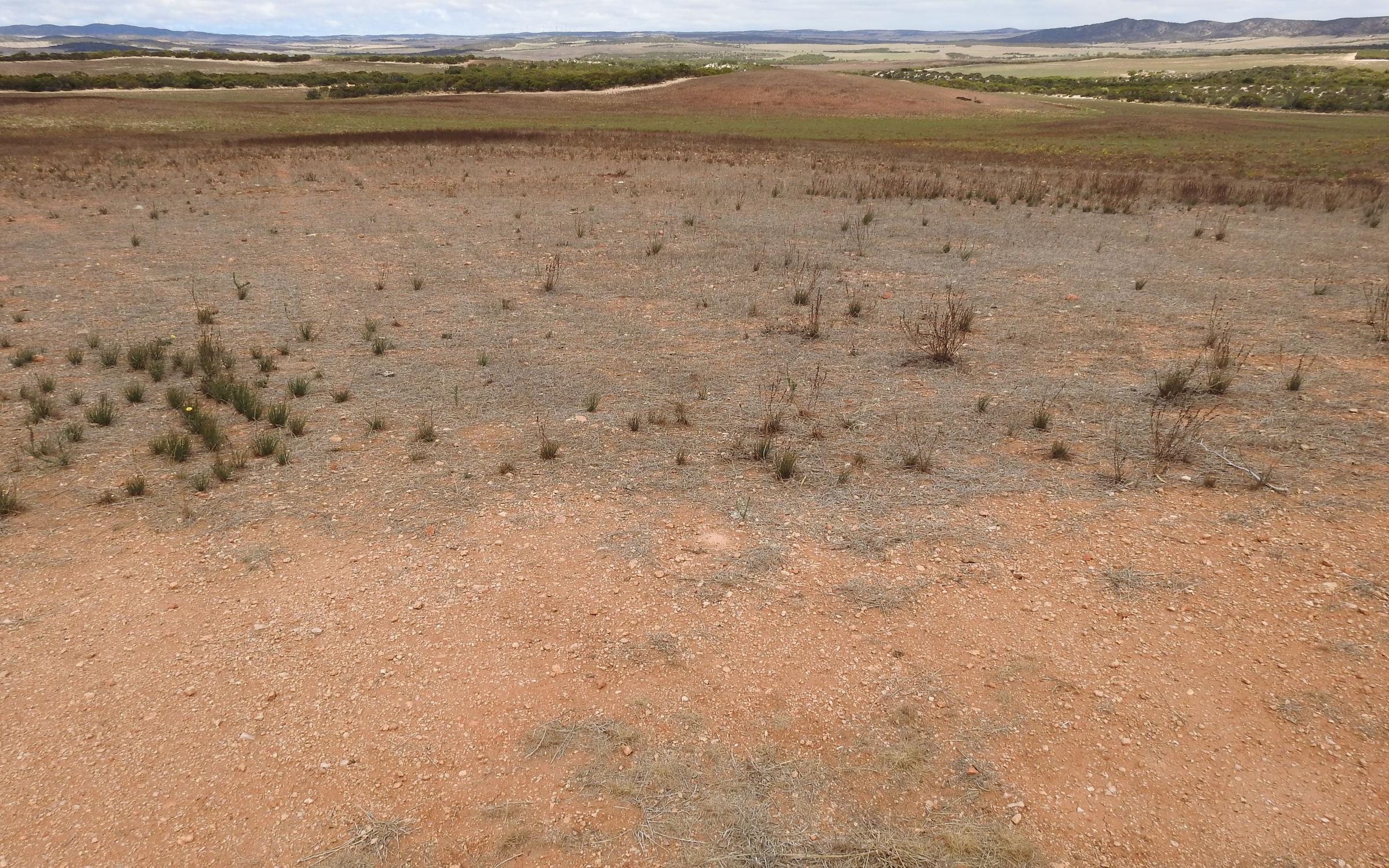
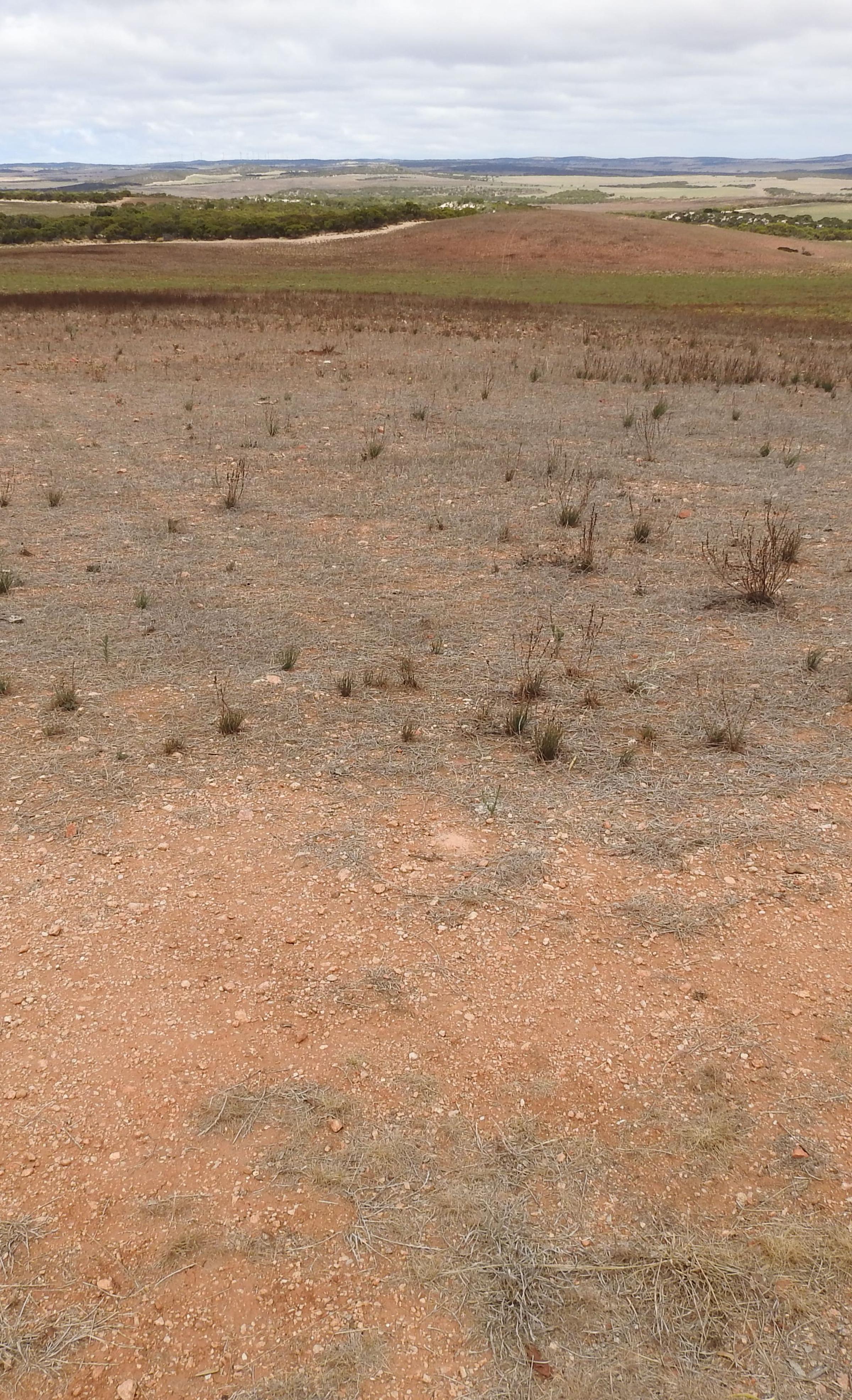
Site objective
Carbon Sequestration: 147,470 tCO2 / 40 years
Methodology: Registration and validation of our ARR projects under VERRA's Verified Carbon Standard (VCS program)
The main objective of the Woods project is to restore 780 hectares of degraded land by creating a biodiverse Mallee woodland community.
As our restoration project matures, we anticipate an increase in canopy cover, which will provide shade, lower ground temperatures, and create favorable conditions for various species. Soil health will also improve, with more active soil life enhancing nutrient cycling and supporting healthier plant growth.
The project also aims to provide additional, biodiverse, and lasting carbon storage in the newly planted woodland trees and shrubs, as well as in the soil.
Another key objective is to create wildlife corridors. The Woods site is adjacent to another Land Life restoration project, 'Burton', forming a valuable biolink between existing reserves, Sheoak Hill and The Plug Range Conservation Parks, and protected land by other private parties. Together they draw a north-south line through the Eastern side of the Eyre Peninsula. This makes it possible for threatened species like the Sandhill DunnartOpens in a new tab. to expand their range and find more refuge areas to cope with climate shocks.
As Woods is on Barngarla country, Land Life is also engaging with its Traditional Owners to ensure they benefit from our landscape restoration efforts. Woods has had no Aboriginal access for over a hundred years and this project is changing that. Some sites on the property have also been identified as possible cultural heritage sites. Traditional Owners have done an introductory visit to the site - the next stage is to work with the Barngarla First Peoples on activities such as feral animal pest and weed control and seed collection. This will assist Aboriginal people to get back on country in the future.
Ultimately, the Woods project is so much more than restoring nature, it's intertwined with restoring connection to Country - delivering social, economic and cultural opportunities for the Barngarla First Peoples.
Find out more about Land Life's carbon removal reforestation solution.
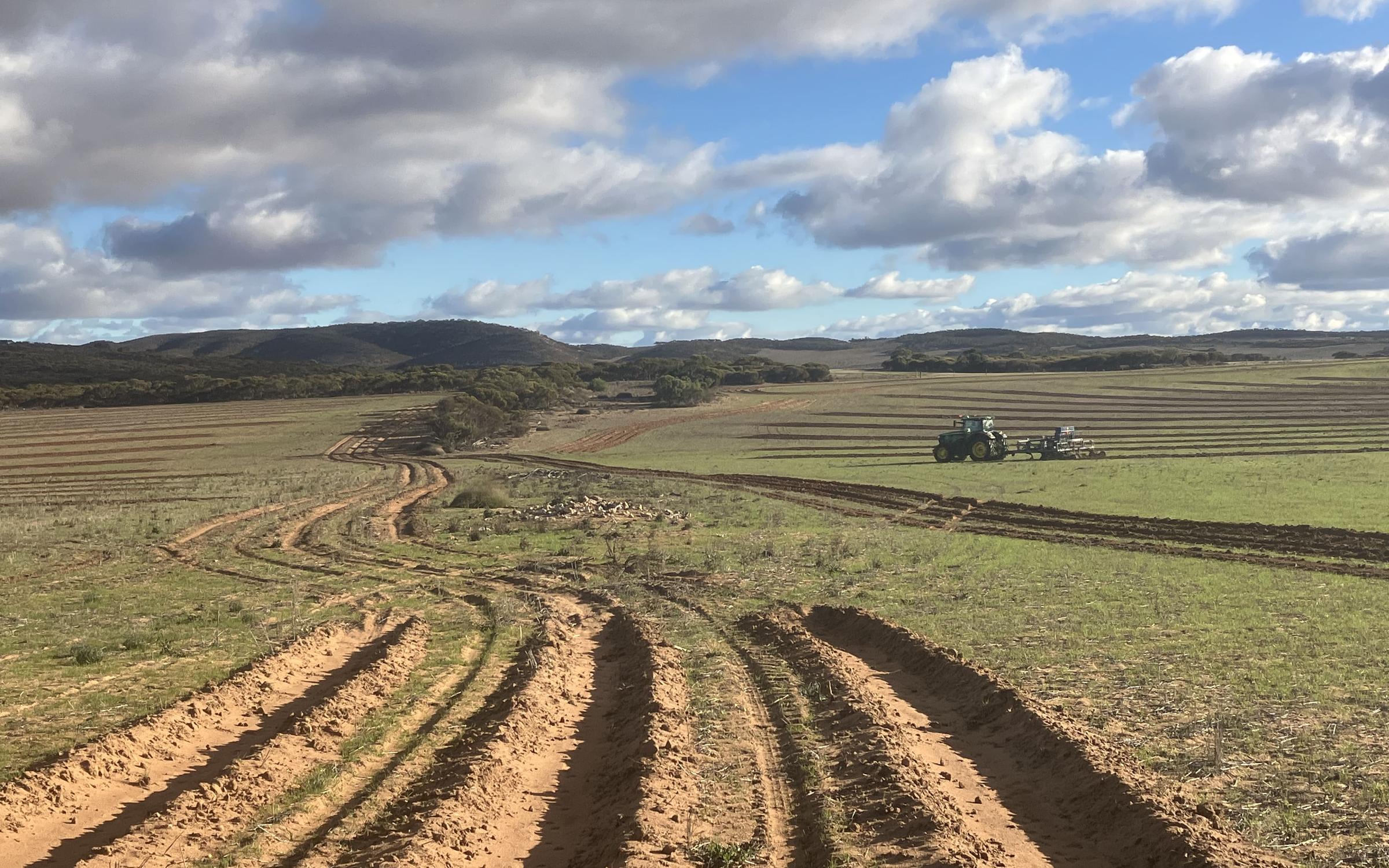
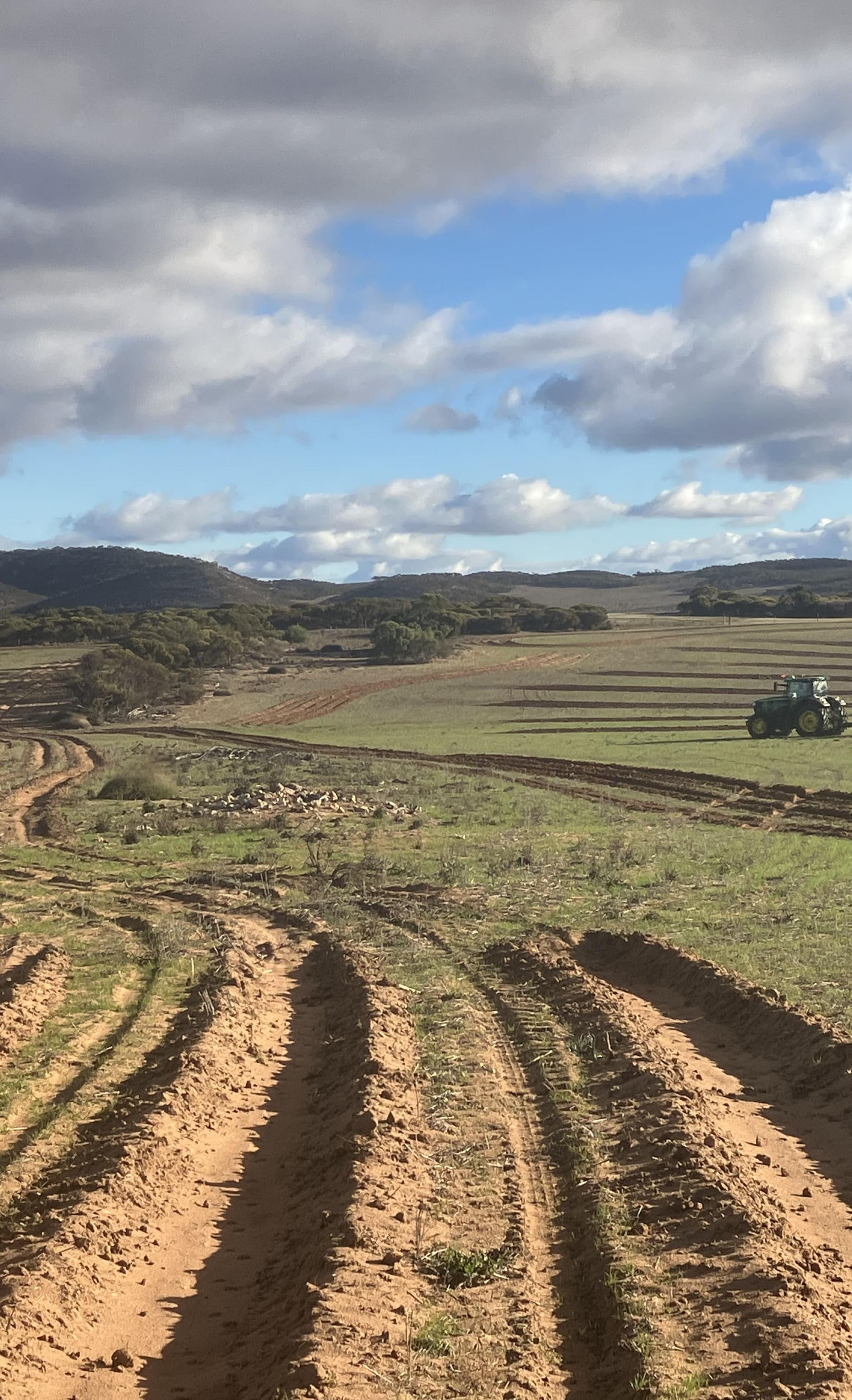
About the restoration
The restoration and maintenance of Woods is overseen by Eyre Peninsula local Andrew 'Freebie' Freeman, who brings extensive experience in nature restoration and land management, along with strong relationships with the Barngarla Elders.
A direct seeding method is being used to restore the site, split across the 2024 and 2025 planting seasons. So far, 319kg of native seed has been successfully sown along seed lines. Approximately 250kg of seeds plus 40,000 seedlings will be used in 2025 to complete the restoration works.
An on-title conservation agreement with Trust for NatureOpens in a new tab. will ensure in-perpetuity conservation management and protection of the biodiversity across the property.
Project highlights
29
Native species planted
Supporting the threatened Sandhill dunnart
2024-2025 Planting Season
- 01319kg native seed planted: 2024
- 02250kg native seed | 40k seedlings: 2025
Reconnecting Barngarla Traditional Owners to Country
Biodiversity gains
The Eyre Peninsula is home to a number of threatened animal species that would benefit from revegetating Woods. The three main beneficiaries would be the Malleefowl, the Peninsula Dragon and the Sandhill Dunnart.
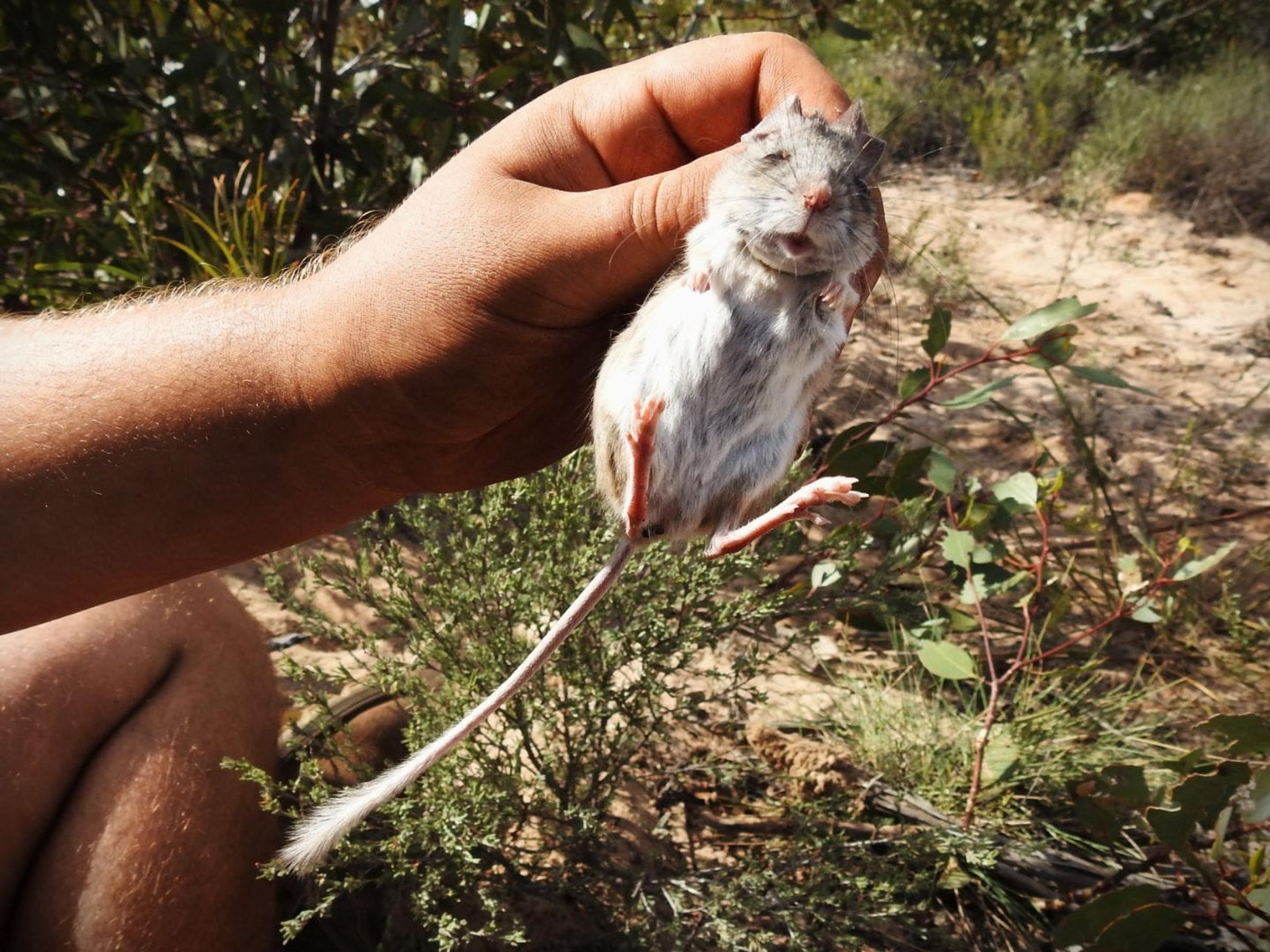
The latter two need shelter from predators and mainly use crevices in wood and spinifex hummocks. This spinifex still exists in good stands within the remnants on Woods, but the patches are currently unavailable to these animals, as they would not traverse the cleared land to get there.
Similarly, the Malleefowl would hesitate to cross open country to recolonize areas, as their main predators are raptors circling overhead. The existing remnant patches on Woods are also too small to function as stand-alone habitats for the Malleefowl. As a result, the biodiversity values of these patches are severely compromised, as this bird is one of the landscape engineers of this area, moving around vegetative matter, seeds and other genetic material.
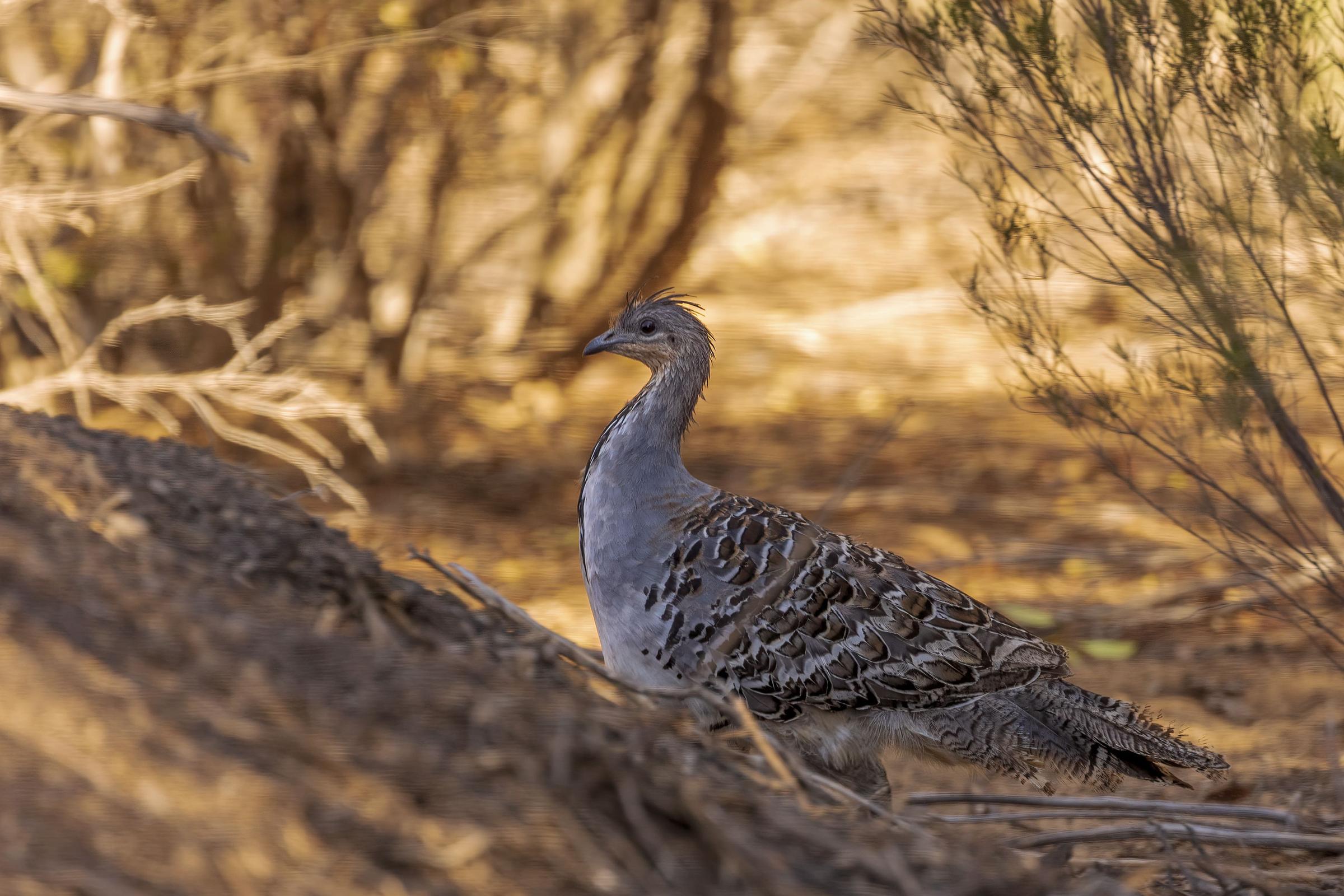
Of these three species, the little carnivorous marsupial - the Sandhill Dunnart - is the closest to extinction, with only a small population in Woods’ vicinity surviving.
This project would contribute considerably to reconnecting the landscape to larger pieces of isolated remnants close by, benefitting species movements that are essential in preventing further extinctions.
In the future, there may also be an opportunity to connect with a nearby Southern Brown Bandicoot breeding program (another very important landscape engineer), which could lead to these animals being reintroduced to Woods, increasing the ecological health of this place further.
The future is nature
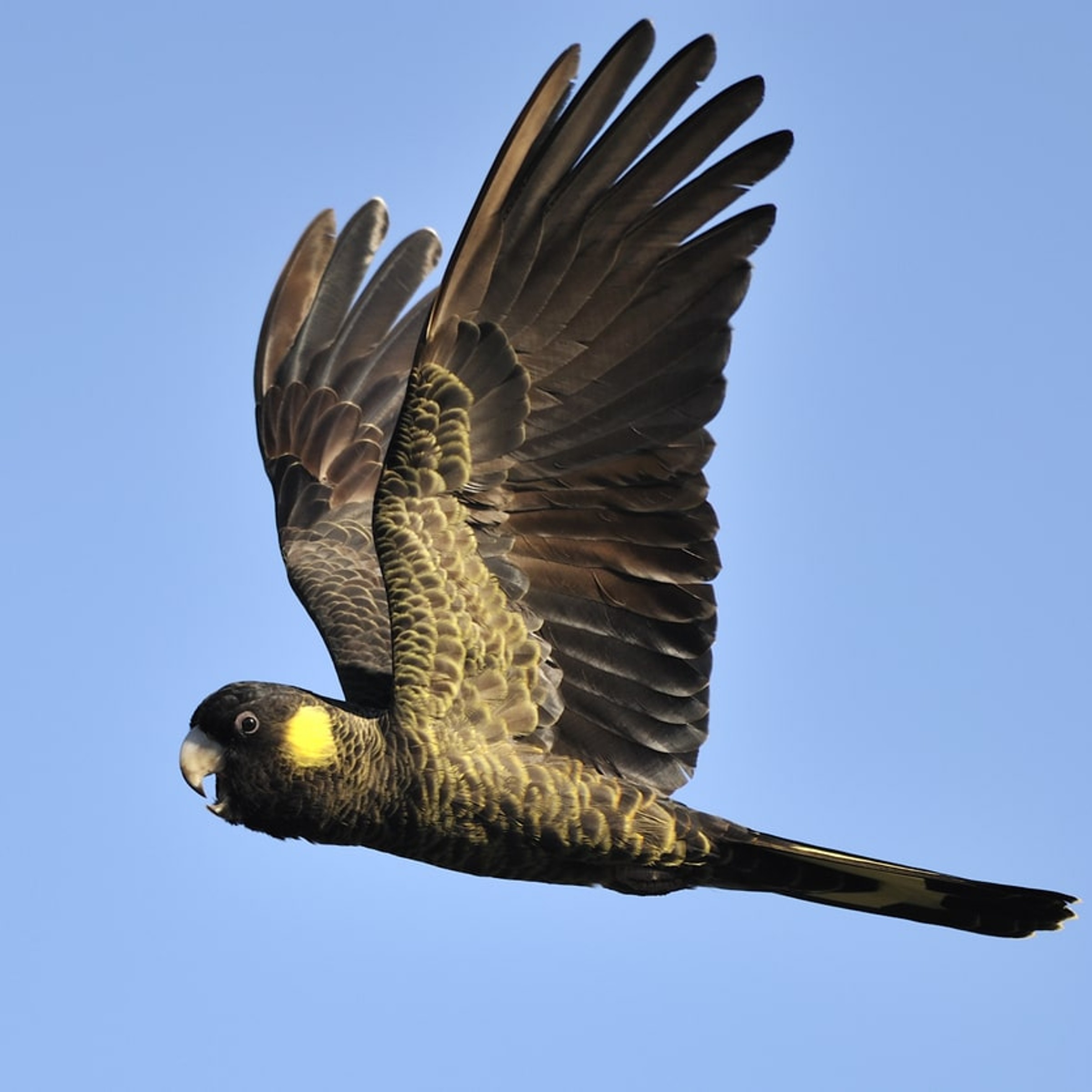
Talk to our experts
Tech-driven reforestation at scale




